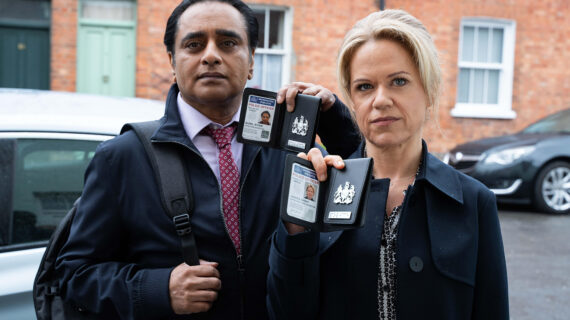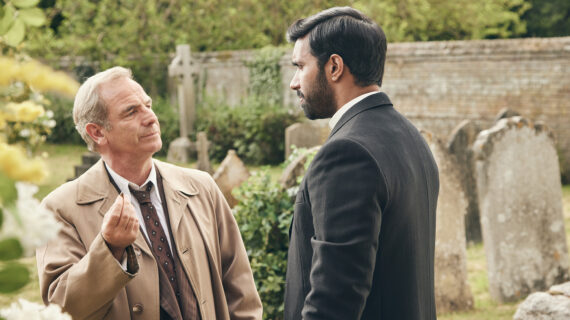Zac Schultz:
In just three weeks, Governor-elect Tony Evers will take the oath of office and when that happens, there will be some changes at the capitol. One change will be the return of the Governor’s Pardon Advisory Board which Governor Walker disbanded because he didn’t believe in issuing pardons. Here to explain what the Pardon Board does is Susan Crawford, who served as chief legal counsel to Governor Jim Doyle, chaired his Pardon Advisory Board and currently serves as a Dane County judge. Thanks for your time today.
Susan Crawford:
Thank you for having me.
Zac Schultz:
Let’s start with what is a pardon? Because there’s a lot of confusion over whether that lets people out of prison.
Susan Crawford:
Right. A pardon does not let people out of prison. It is a form of clemency or forgiveness that the governor and only the governor can grant to a person who has been convicted of a crime. Each governor has to decide how to handle that constitutional authority and in most cases, historically, governors have required that persons applying for pardons be a number of years after having completed all aspects of their sentence. So what a pardon does is grants relief to the person from the collateral consequences of a conviction such as being barred from obtaining certain kinds of licenses, being barred from running for public office and things such as that. It does not actually remove the fact of conviction from the person’s record but it relieves the person from any ongoing effects of that conviction.
Zac Schultz:
So what was the criteria under Governor Doyle? What was he looking for in when deciding to issue a pardon?
Susan Crawford:
Right, so the governor, through an executive order, first of all created a Pardon Advisory Board. The Board was made up of individuals from different walks of life. Different parts of the state, and who had played different roles in the criminal justice system. So, for example, there was a prosecutor, a criminal defense attorney or public defender, I believe a retired judge, people from the faith community, and other citizens who together would review pardon applications and advise the governor on whether they believed the person should be granted a pardon. The executive order signed by Governor Doyle also set up criteria or rules for pardon applicants to follow, including requirement that they be, I believe, at least five years post completion of all aspects of their sentence at the time of application. They were required to give notice to the district attorney, the judge and any crime victims that were involved in their case and, you know, meeting a number of other criteria.
Zac Schultz:
So is the decision to issue a pardon a political act? Because we see a lot of governors wait until the end of a term to issue a lot of pardons. Governor Doyle issued more in his final year, than the seven prior to that. Obviously Governor Walker didn’t issue any. Is there a political calculation in doing this?
Susan Crawford:
Well, the governor can apply whatever criteria the governor wants to apply in determining whether to pardon someone. As I mentioned, it’s an authority that’s granted under the state Constitution. It’s granted broadly. There are no criteria stated in the Constitution that the governor has to consider. So any governor has to decide number one, whether to grant pardons and number two, what criteria to apply to that decision. And certainly if the governor thinks that there may be political consequences for a particular pardon decision, the governor is going to consider that. It is really up to the individual.
Zac Schultz:
Now, there is one item in the recent lame duck extraordinary session that dealt with pardons and it requires the Department of Corrections to post a list of all people who receive pardons or commuted sentences including their original crimes and track them and post it if they commit a crime later on in life. What is the value in that that you could see besides being a political list of access of who pardoned whom?
Susan Crawford:
Right. Well, the records of a pardon have always been public records. They have always been accessible to the public, to anyone who wants to obtain copies of such records or a list of the pardons. My recollection is that at least in the Doyle administration that the administration did prepare and publish a list annually of the people who had been published so I don’t believe there’s really any function served by shifting that responsibility to the Department of Corrections.
Zac Schultz:
All right. Susan Crawford, thanks for your time today.
Susan Crawford:
Thank you very much for having me.
Search Episodes
Related Stories from PBS Wisconsin's Blog

Donate to sign up. Activate and sign in to Passport. It's that easy to help PBS Wisconsin serve your community through media that educates, inspires, and entertains.
Make your membership gift today
Only for new users: Activate Passport using your code or email address
Already a member?
Look up my account
Need some help? Go to FAQ or visit PBS Passport Help
Need help accessing PBS Wisconsin anywhere?

Online Access | Platform & Device Access | Cable or Satellite Access | Over-The-Air Access
Visit Access Guide
Need help accessing PBS Wisconsin anywhere?

Visit Our
Live TV Access Guide
Online AccessPlatform & Device Access
Cable or Satellite Access
Over-The-Air Access
Visit Access Guide
 Passport
Passport

















Follow Us